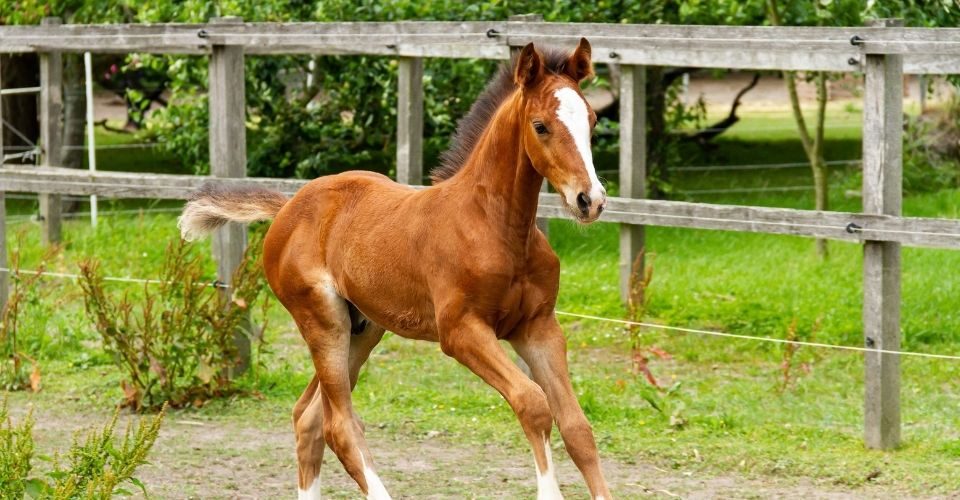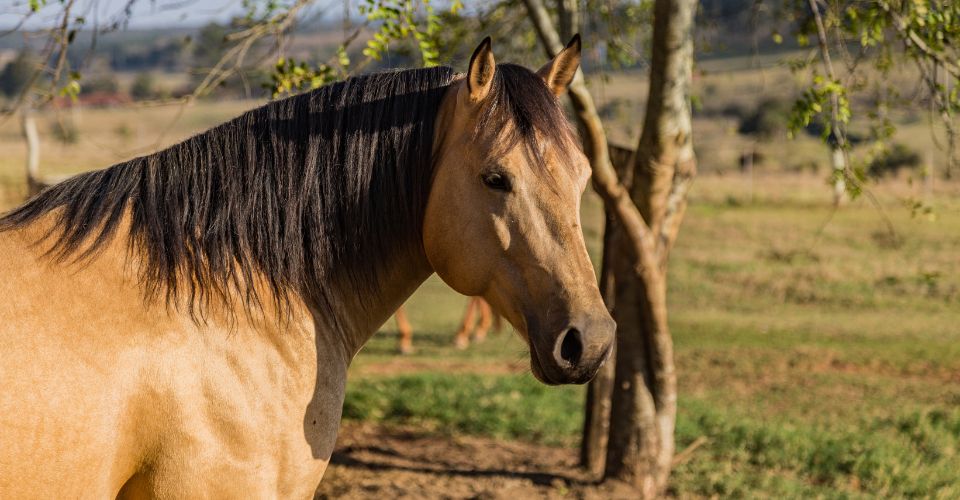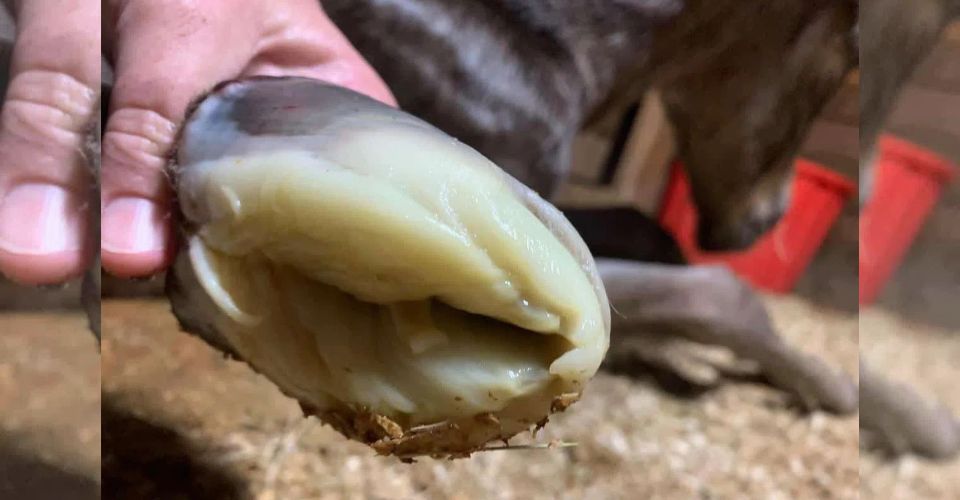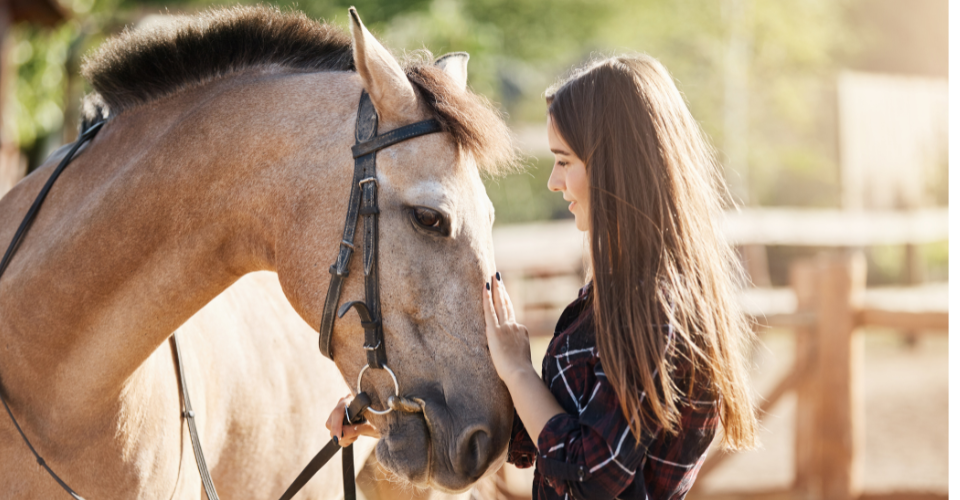You must have wondered when you visit a farm, the stable boy refers to the baby horses with various names such as foals, weanlings, yearlings, colt, or filly. The truth is, it is not their nicknames given by their owners, but baby horses have different names according to their ages. Some may also refer to a baby horse as ponies, which is a common misconception. Ponies are not baby horses; instead, they are a separate class of horses, who have a certain size, below 14 hands, even when they are adults.
A young horse is known as a foal till the age of one, regardless of its gender. After turning one, it becomes a yearling. If it is a male, then the baby horse will be called a colt, and if it is female, a filly. Besides what is a baby horse called, this blog contains interesting information and facts about baby horses!
What is a Baby Horse Called?
All baby horses are called foals, till the age of 1 year, whether it’s a male or female. A young horse is also called weanling when it is around 4 to 7 months old. This term is used when a foal accustoms itself to other sources of nutrition instead of mother’s milk.
When a baby horse is between 1 – 2 years old, it is referred to as a yearling. This term ‘yearling’ is used for a young horse who is completely weaned and is ready to feed itself. Till turning 2, a male baby horse is called a yearling colt, and a female baby horse is a yearling filly.
After turning 2, a male baby horse is referred to as a colt and a female baby horse as filly until they are four years old. After four years, male horses are called stallions and female horses mares.
If a male horse is castrated, it is known as a gelding; if not, otherwise, it remains a stallion.
Isn’t it fascinating that these beautiful creatures have names for their different age?
Facts About Baby Horses

These beautiful little creatures are indeed a sight for sore eyes. They never cease to amaze us with their quick-learning nature and friendly behaviors. With its long legs and big eyes, it is a beautiful experience to see them running through your farm with their carefree nature. Keep reading to find all the entrancing facts about these cute baby horses.
Foals Can Stand Within 2 Hours of Birth
A human baby takes almost a year to stand and walk, but unlike humans, a foal can stand within just 2 hours of its birth. And sometimes, it takes only half an hour for a baby horse to stand and nurse. However, it has wobbly legs and may face hindrance in the first attempts, but this wobbliness is normal, and after a few attempts, a foal can stand itself.
They are quick learners in standing, walking, and galloping, which is a vital trait for their survival. They must keep up with the herd in the wild to avoid predators.
Most Foals Are Born at Night
Another interesting fact about foals is that they are usually born in the dark, between midnight to 6 AM. Horses prefer giving birth to their offspring at late night or early morning due to the protection of their child.
In the dark, it is hard for the predator to mark its target. Mares (female horses) also prefer privacy and even delay the birth time with some ingenious biological ways until any observers are not around.
Foals Legs are 80% Fully Grown at Birth
Foals’ legs are fully grown, about 80 – 90% length of adult legs at the time of birth. In the wild, horses live their lives on the run from predators.
To keep up with the herd, foals have long legs that allow them to have longer strides without doing extra struggle. Long legs are is an advantage for foals to survive in the wild.
Foals Use “Baby Talk”
Foals do baby talk when they communicate to their elders. You may have noticed when a foal is introduced to new horses, they do a movement with their jaws as if they are chewing. But in reality, they communicate to other older horses that they are not a threat. It is a baby horse way of saying that ‘I am a baby, don’t hurt me.’ No doubt, foals are adorable creatures!
The First Milk is Vital for Foals
Foals are born without a fully developed immune system, so they rely on the first milk (colostrum) for the transfer of antibodies directly into the bloodstream as whole proteins.
The first milk is also vital for the nourishment of foals as some of them are born with no teeth and rely on mother’s milk at least for a week. After a week old, most foals have a set of incisors.
Foals Feed on Grass When 2 Weeks Old
When foals are 10 – 14 days old, they begin to feed on grass or hay. And by two months, they need more nutrition than the mother’s milk can provide.
The grass is the most natural part of equine food and provides both energy and calcium for sound skeletal development. It is a great source of carbohydrates, vitamins, and proteins.
Foals are Weaned Between 4 and 7 Months
Weaning is a term used when a child is shifted to an adult’s diet from mother’s milk. Foals are usually weaned between 4 to 7 months, although some foals may take more time to become completely independent from their mother.
The nutritional requirements of foals, after four months, exceed from mother’s milk, so they feed on grain, grass, or hay to have the required nutrients.
Foals are Usually Born in Spring
Under normal circumstances, mares prefer giving birth in the spring or summer. During this time of the year, the grass is plenty, which allows a new mother to eat plenty and boost milk production. Also, winters can be harsh for the newborn foal. So, springs seem a perfect time to have a newly-born foal.
Baby Horse Growth Chart

Foals, after birth, show visible growth. At the time of birth, a foal weighs between 150 to 200 pounds, usually 10% of its mother’s weight, and gains up to three pounds of weight per day. However, it depends on the breed, age, and height of a baby horse.
| AGE | WEIGHT (in pounds) | HEIGHT (in inches) |
| Newborn | 150 – 200 pounds | 14.5 inches |
| Yearling (1-year-old) | Around 550 pounds | 40 – 50 inches |
| 2 years old | Around 880 pounds | 55 inches |
| 4 years old (adult horse) | Around 970 pounds | 94.4 inches |
Health Issues in Baby Horses
Pet health is the owner’s topmost priority, and any slight change may indicate something is wrong with your pet. Whether foal is in the wild or in domestic, it can be affected by common health issues if it shows the following symptoms:
- Not nursing
- Straining to defecate
- Abdominal distention
- Limb abnormalities
If you notice any slight change in behavior or movement of a foal, it’s better to immediately consult a veterinarian.
Things to Notice Before Buying a Baby Horse
We all adore the idea of having a foal in our stable. No doubt, these lovely creatures brighten up the mood. But before buying a new baby horse, you should always make sure of the following points:
- Choosing a horse with calm nature is important
- They ask for your time and dedication. Even if you are not around, make sure there is someone always present with your foals.
- Always get a vet’s opinion to provide a proper diet and environment for your foal.
- New horse owners struggle a lot. It is better to have a trial period before actually buying a horse.
- Check its history before buying to make sure it does not have any illness or health issues.
Baby Horse Diet
After birth, foals feed on the mother’s milk to fulfill its nutritional requirements. Within 10 – 14 days, it begins to feed on grass or hay. A perfect diet for a baby horse is grass, pastures, or grains. A healthy pellet meal is also a perfect treat for a foal.
Conclusion
A baby horse, foal, is not only cute but also quite an entertaining and joyful creature. They are stealing our hearts with their cute personalities and sweet nature. They are easy to keep, and indeed everyone’s favorite!





